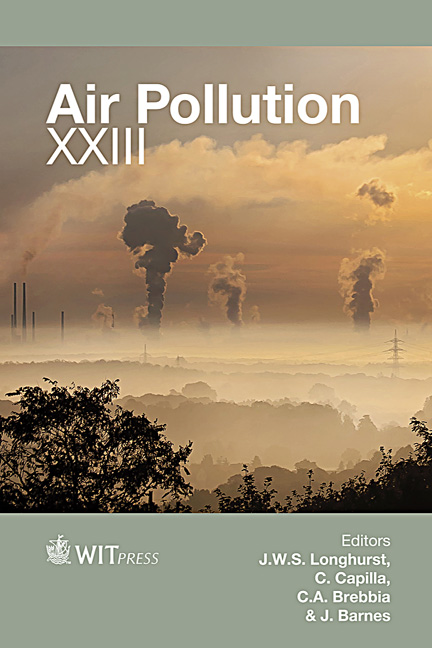Impacts Of Agricultural Waste Burning On The Enhancement Of PM2.5-bound Polycyclic Aromatic Hydrocarbons In Northern Thailand
Price
Free (open access)
Transaction
Volume
198
Pages
12
Page Range
3 - 14
Published
2015
Size
548 kb
Paper DOI
10.2495/AIR150011
Copyright
WIT Press
Author(s)
S. Pongpiachan
Abstract
In Northern Thailand, wildland fires during the cold period release large amounts of smoke and fine particles into the atmosphere. The fine particles include several persistent organic compounds such as PAHs. In this study, PM2.5-bound PAH concentrations in the air of nine administrative provinces, namely Chiang-Mai, Chiang-Rai, Nan, Phayao, Mae Hong Son, Phrae, Lampang, Lamphun, Uttaradit (northern Thailand), were determined during the wildland fire and non-wildland fire seasons. The monitoring strategy comprised two campaigns in each season. PM2.5 was collected using MiniVolTM portable air samplers (Airmetrics) with quartz fibre filters. Both PAHs and their B[a]P equivalent concentrations of other urban cities around the world were significantly higher than those of northern provinces for both seasons. The average cancer risks observed at nine administrative provinces were 8.525×10−4±3.493×10−3 and 2.558×10−3±6.986× 10−3 for ingestion rate of 50 and 100 mg day−1, respectively. The excess cancer risks of world cities for ingestion rate of 50 and 100 mg day−1 were much higher than those of northern Thailand for 851 and 567 times in that order. Dust ingestion was exceedingly critical to non-dietary PAH exposure in comparison with PM2.5 inhalation. These results are in good agreement with those of previous studies, underlining the significance of indoor air quality on long-term adverse respiratory diseases in Asian cities.
Keywords
wildland fire, PAHs, northern Thailand, PM2.5, incremental lifetime cancer risk





